Wildlife of Western Australia and Northern Territory
These two states have a vast diversity of wildlife, both on land and offshore. Whale sharks and dugong can be found in the northern part of Western Australia, while dolphins can be spotted on surfing alongside humans on the beaches in the Southwest. Beware of the saltwater crocodile, one of the largest and most dangerous predators in the planet, that can be found in both Western Australia and the Northern Territories.
Australia is infamous for its species of venomous spiders and snakes – striking fear into potential visitors. In reality, encounters are uncommon, and fatal attacks are very rare. Kangaroos and other marsupials can be found, too, and are mostly harmless if not approached. And the dingo, endemic to Australia, can be found all across the country.
I survived four months camping and sleeping in my car across the two territories without a scare. And I met friendly and fantastic fauna along the way.


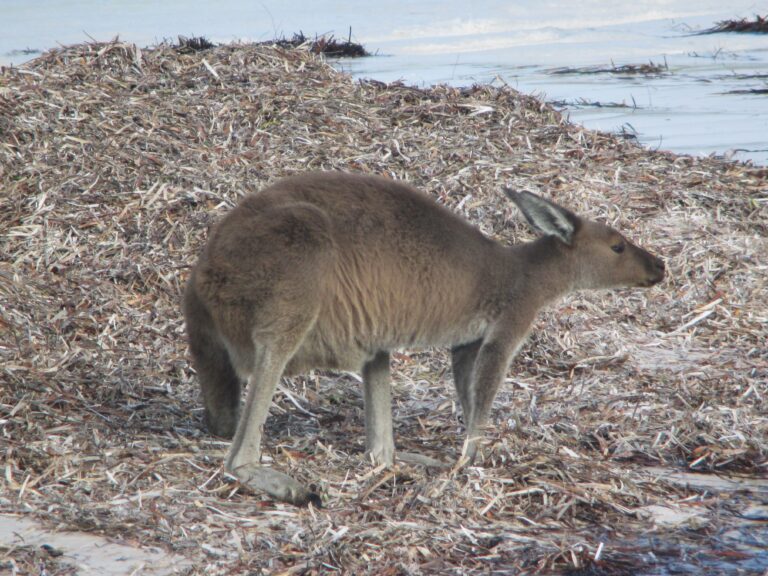
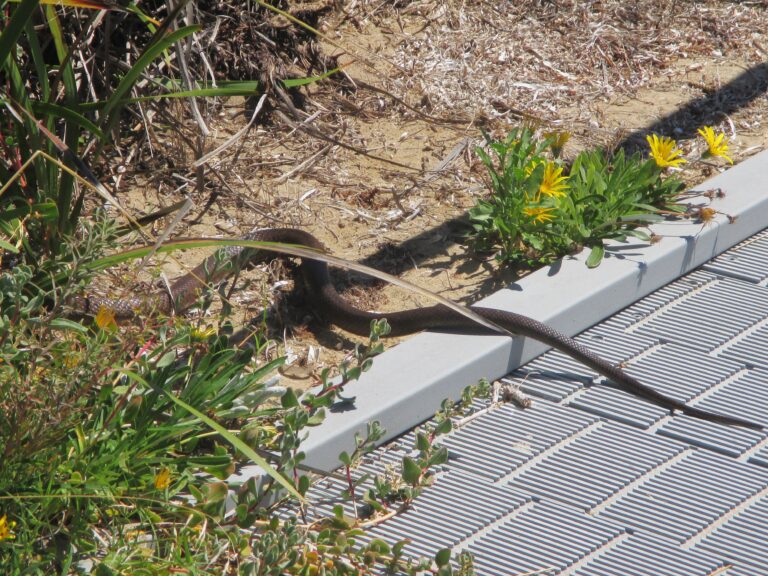
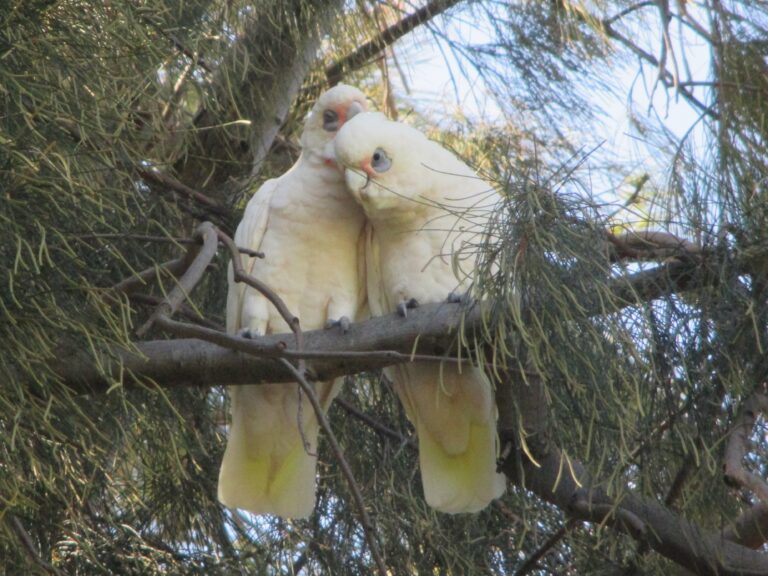
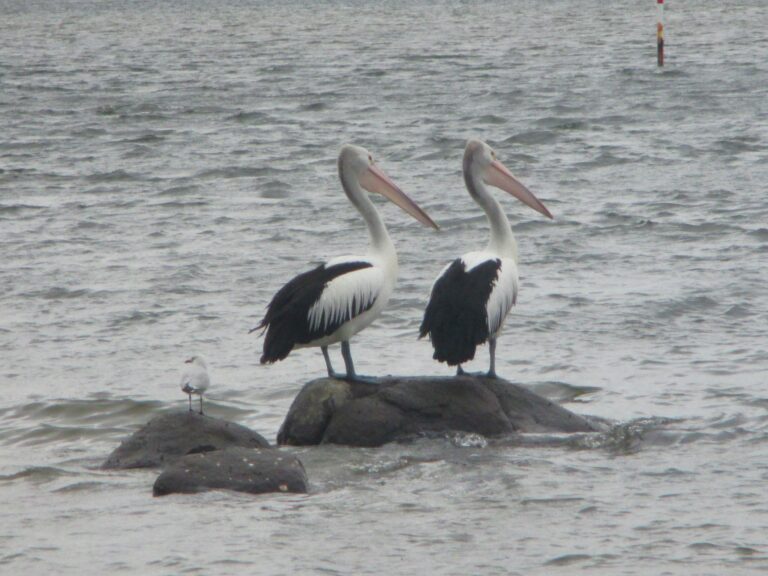
Western Australia
From Margaret River in the southwest, to Exmouth in the North, the landscape of Western Australia changes so much it is difficult to summarise. It feels like the wild west – with vast areas of desert, and scant human population. It is extraordinarily dry at certain times of year, making it a harsh landscape. It is very impressive that animals can survive here.
Animals both large and small can be found in Australia, if you look closely enough. You won’t have to search for long to see quokkas on Rottnest Island, just off Perth. They have become so desensitised to humans they are now seen in countless selfies with tourists.
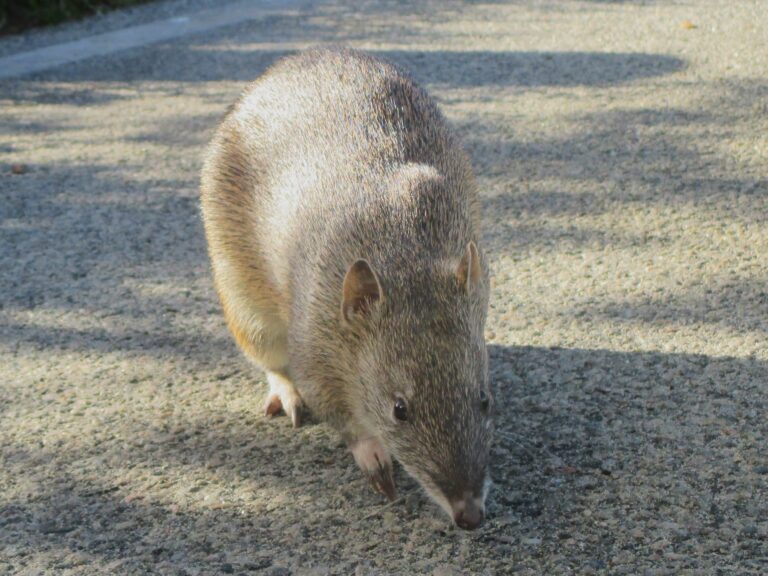


Bandicoot
I found a marsupial made famous by the video game series, Crash. I’ll be honest, I wasn’t even sure it existed until I spotted one in person, not far from Banbury, south of Perth. I also spotted kangaroos both red and grey, as well as several species of wallabies.
Many creatures seek shade during soaring daytime temperatures. So, early morning and late evening are the best times to spot wildlife in Australia. My first night on my first road trip led to my first sighting of a kangaroo in the wild. A big red, that looked as big as me, was standing still on the road – likely blinded by the lights of my car. I turned them off and it quickly bounced away. I continued to see many, all over the country.
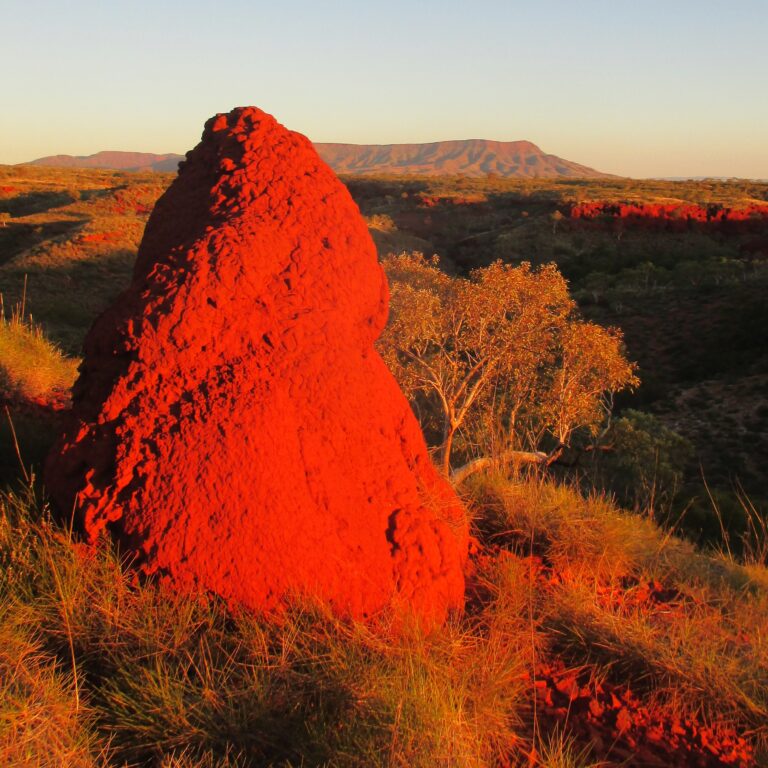
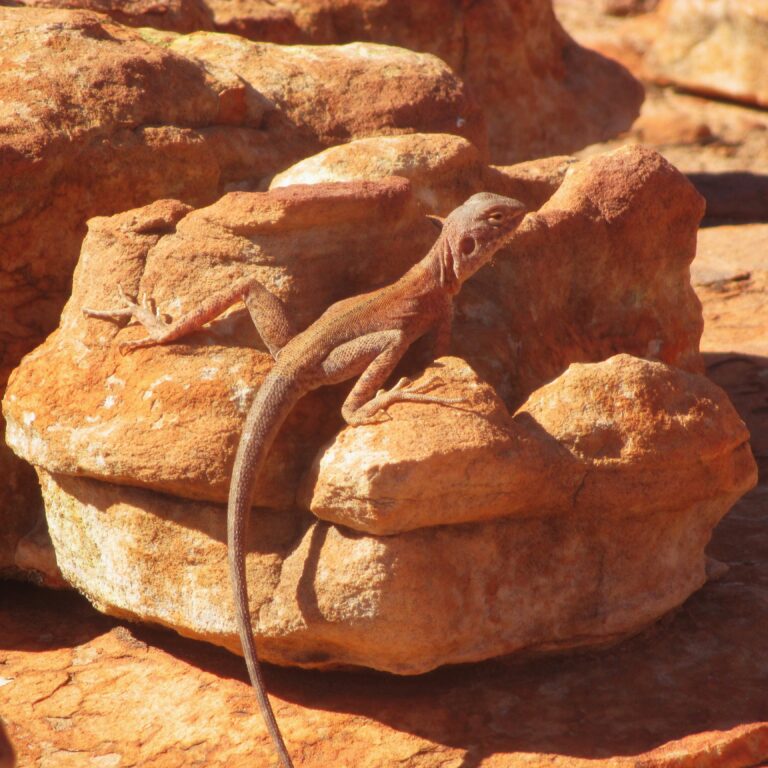
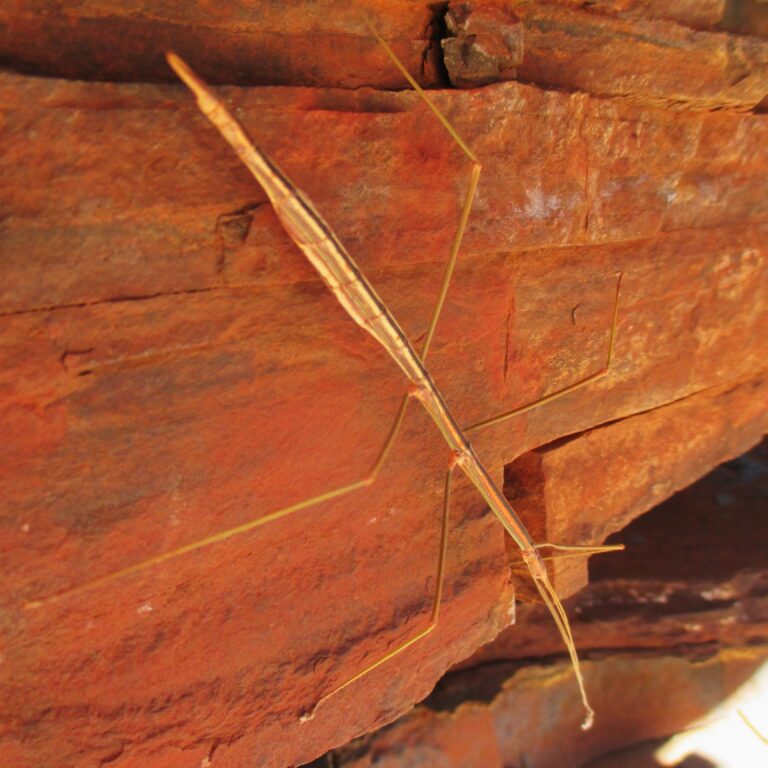
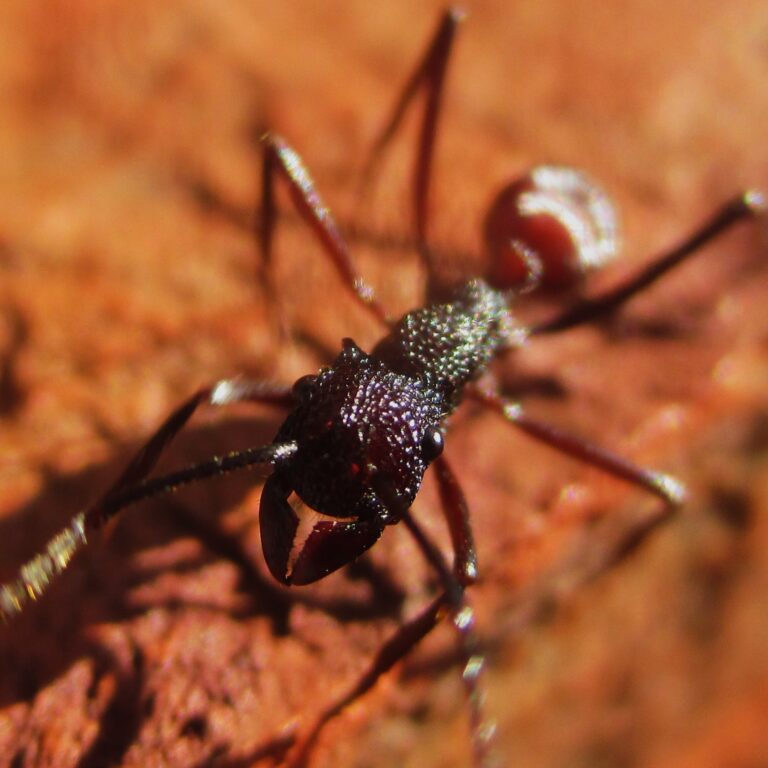
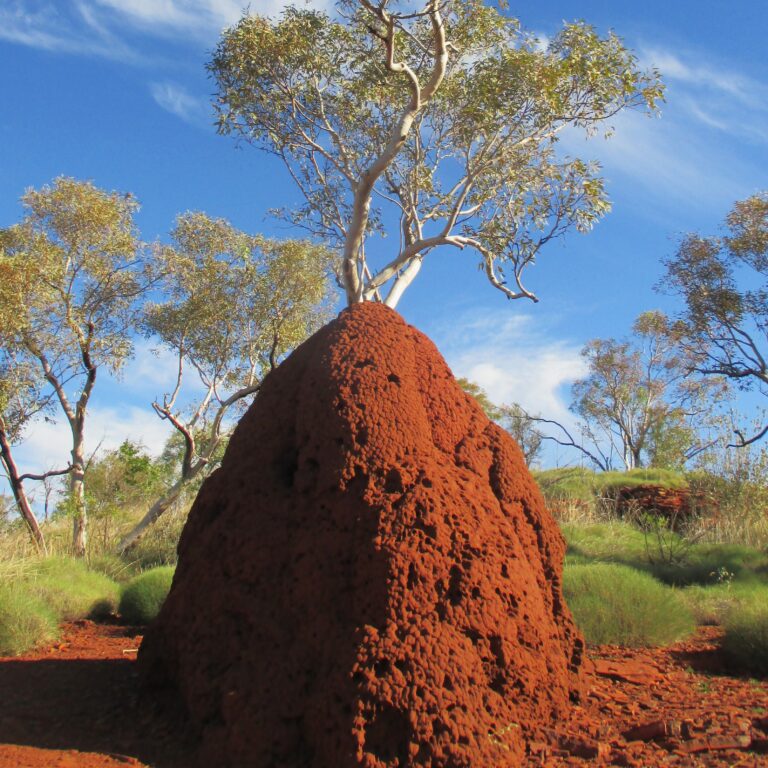
Karijini National Park
In the middle of the desert, Karijini is an eruption of life in an otherwise barren, often desolate, landscape. The park has rivers flowing through it, that has created steeps valleys and gorges, making it a great place to explore.
The water has also given life to the fauna and flora in the park. I found some of Australia’s smallest creatures, including stick insects and red ants – some of which have a nasty bite, as I found when I mistakenly disturbed a nest. The termite mounds are unmistakable – they rise high above the earth, in rows, and shine red as the sun sets.


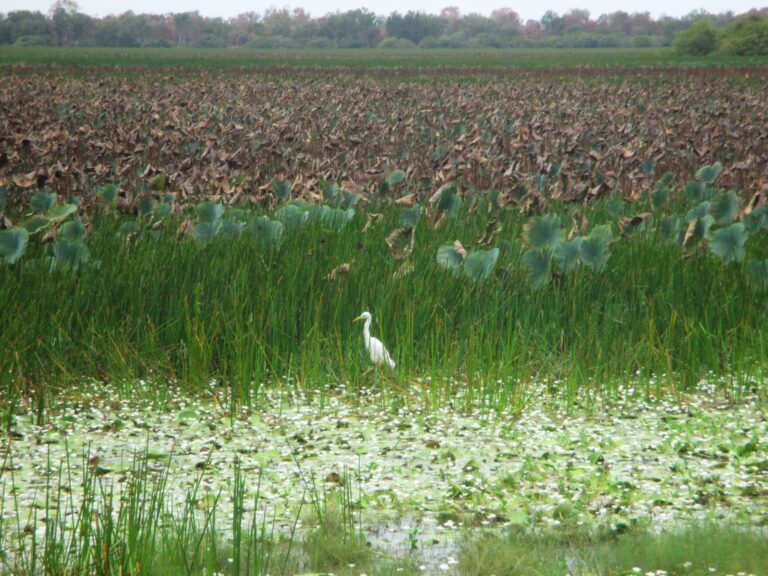
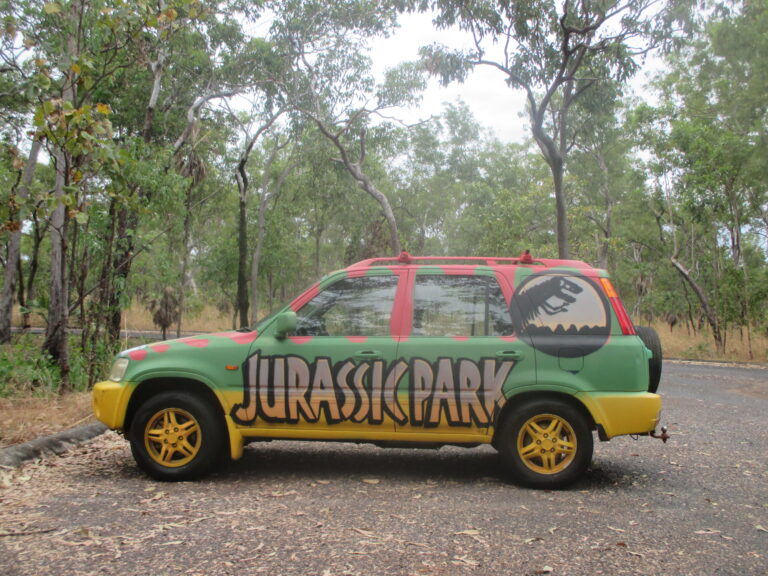
The Northern Territory
This state capital city is Darwin, and the huge, saltwater crocodile-infested Kakadu National Park is nearby. And, in the centre of the country, surrounding by a vast dry, red desert, it’s the most famous landmark in Australia – Uluru. In parts of the Outback, there areas that have recorded just one day of rain over the entire year. This is the driest continent in the world. And yet, life finds a way… (see the photo above to fully appreciate how I wove the Jurassic Park quote in).
The far north along the coast sees a rainy season with a lot of precipitation, over a period of up to six months, from November to April. Crocodiles and other creatures come further in land as dry stretches of land become ponds and lakes. This gives animals and plants despite from the drier months, while it simultaneously creates hazards for us, as well as presenting opportunities to see more wildlife.
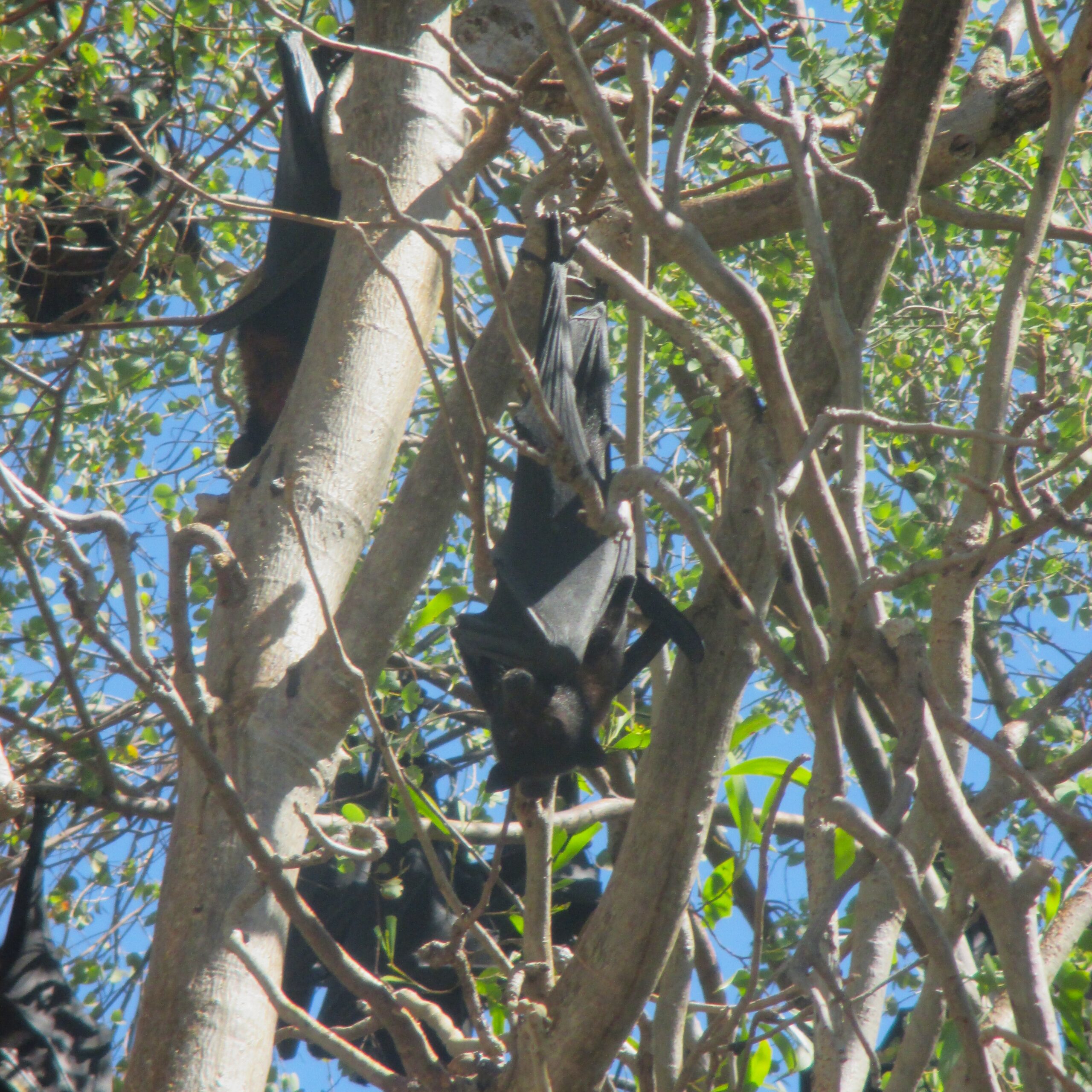
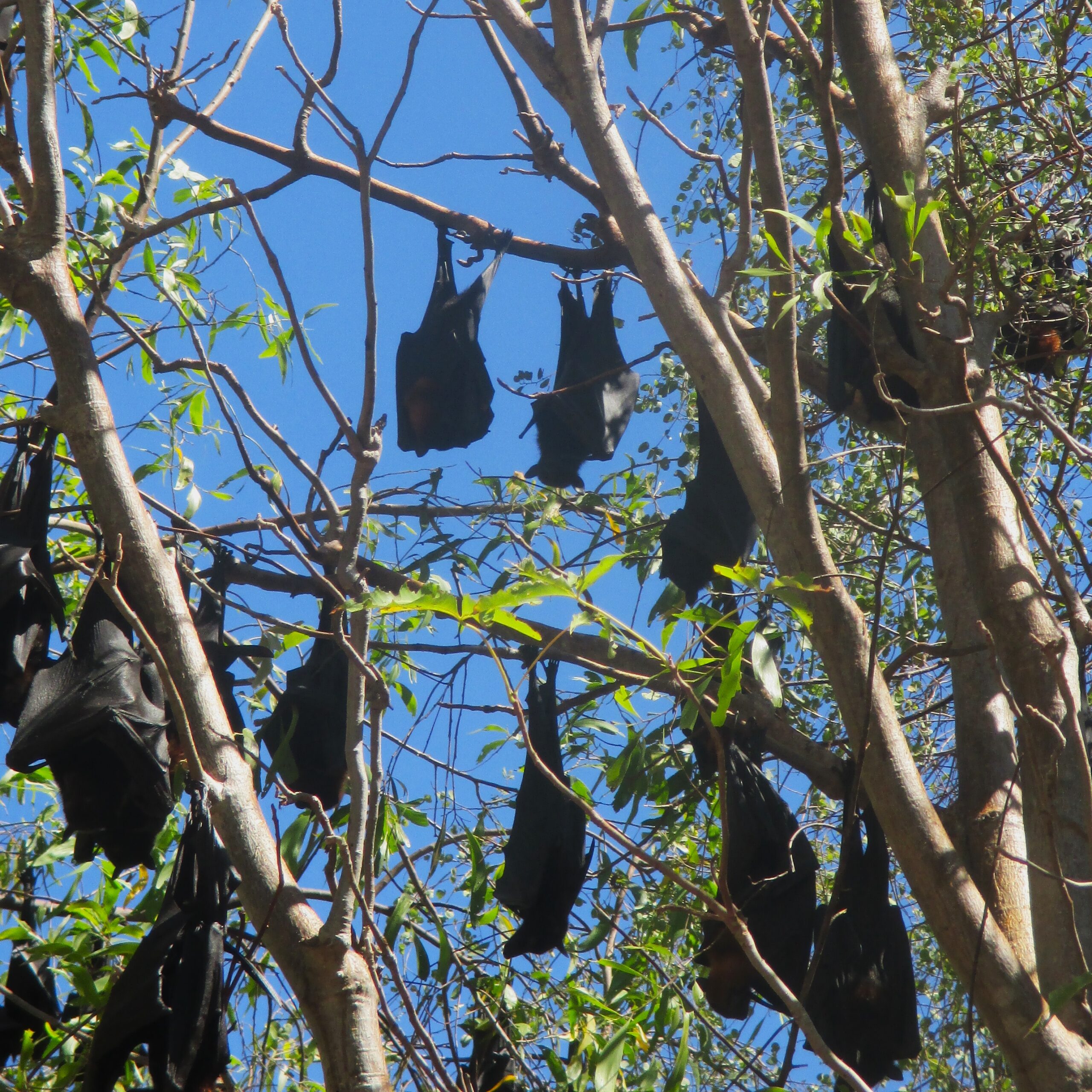

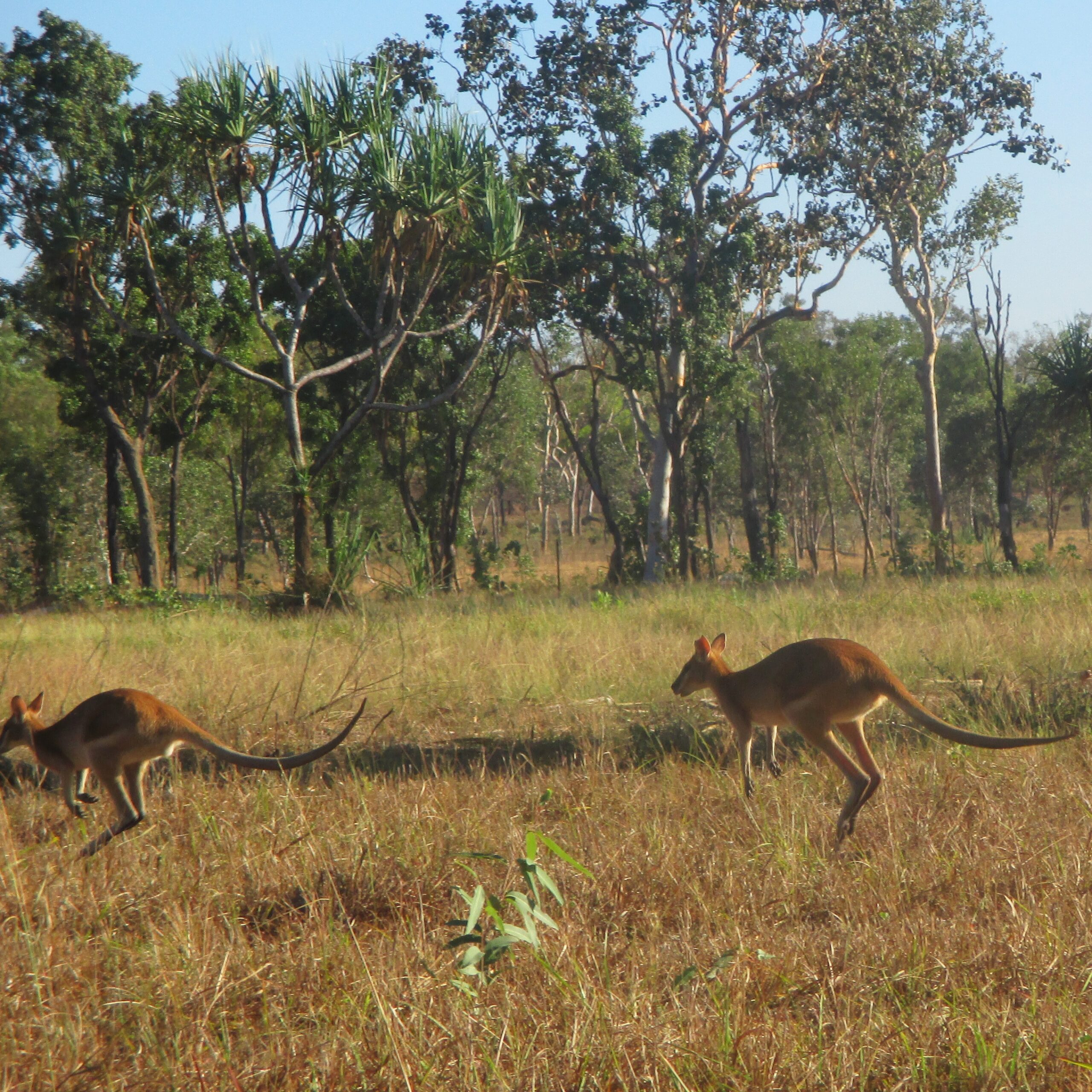
Places to visit
Kakadu and Katherine Gorge in the north, as well as Kings Canyon and Uluru in the centre, are four of the most popular tourist destinations in the Northern Territory. Along the way you can see the usual wildlife suspects: kangaroos, wallabies, dingoes, crocodiles, snakes, and spiders. Other, more unexpected sightings might include wild horses and camels, both of which were introduced. Australia has a bad record with invasive species – just read about the chaos cane toads have caused and, arguably the most destructive of all, Homo sapiens).
What no one prepared me for in Australia was the amount of flies. I was visiting Western and Northern Australia not long after a cyclone at the end of the rain season. Flies were in abundance – I had thought a country with such a reputation for spiders wouldn’t have such a problem. The flies would quickly make a nuisance, especially around the eyes – a fly net might be a worthwhile investment.
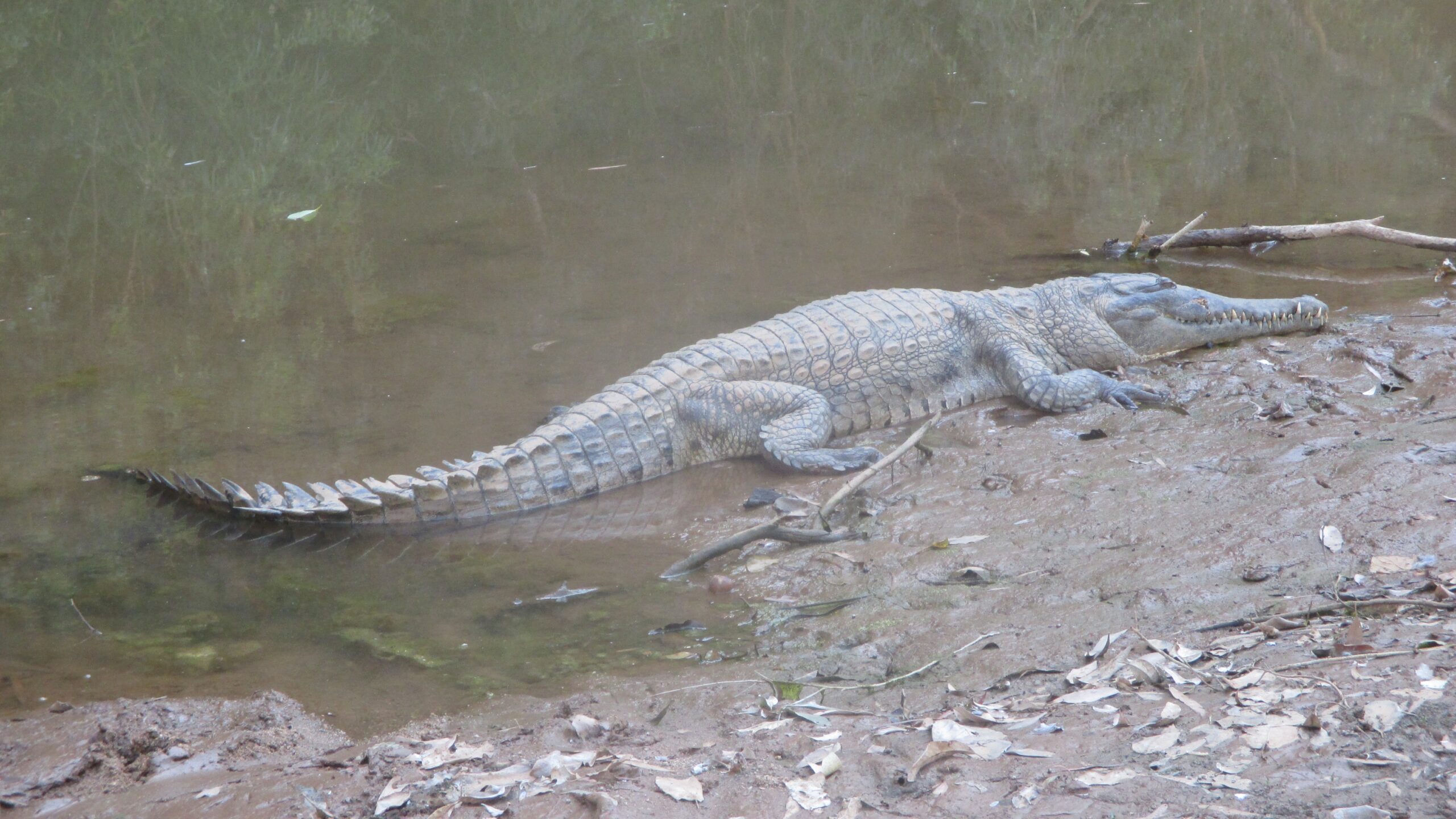
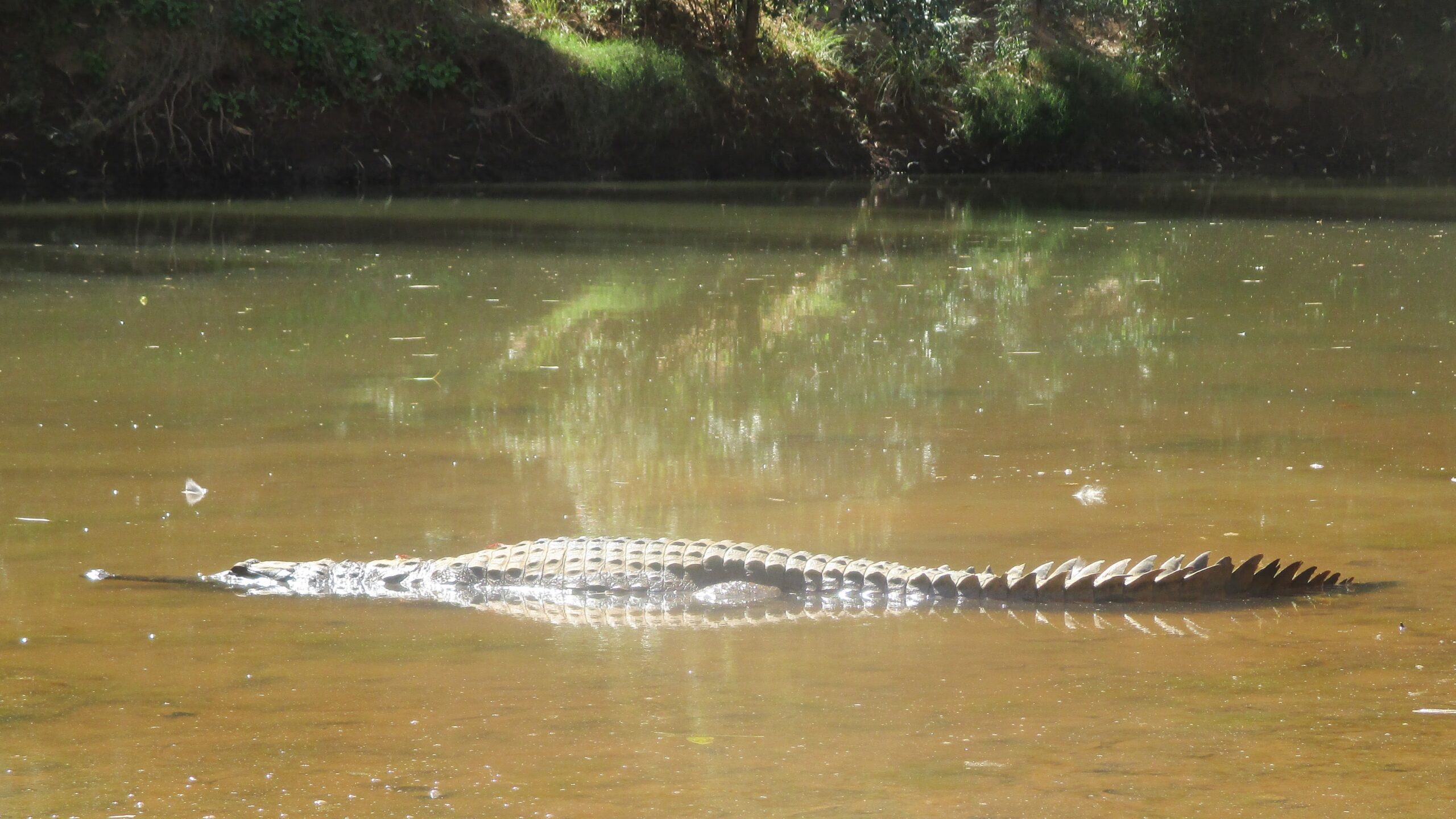

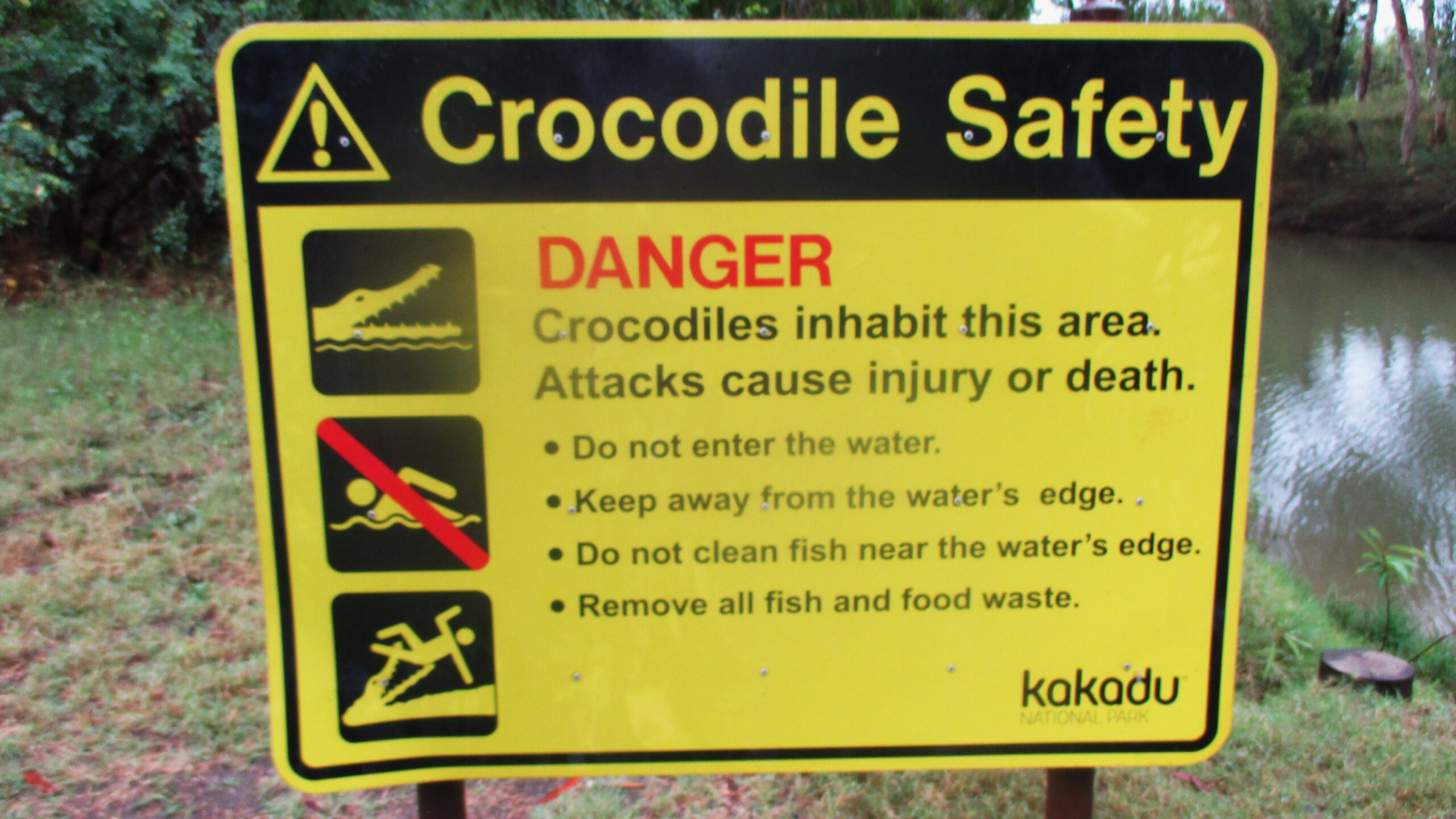
Crocodiles
These prehistoric reptiles come with a frightening reputation. Saltwater crocodiles had been successfully brought back from the brink of extinction in the 1970s after excessive hunting. Now, there are over 100,000 in the wild.
I have heard of some tragic stories from recent times, about attacks humans. It is a stark reminder it’s necessary to take care when in crocodile infested areas, particularly with the larger saltwater crocs around. There are reported incidents every year, but with precautions, there’s little reason to worry – always stay at least five metres from the water’s edge.
I only managed to see a saltwater crocodile from a distance – between Darwin and Mary River National Park. Probably for the best. I avoided those boat tours that bait the crocs for viewings – I’m unsure how I feel about them. I did see many of the smaller, freshwater crocodiles up close, in Bandilngan (Windjana Gorge) National Park of Western Australia. They can grow up to two metres – their bite could cause serious damage.